©Ana Sofia Reboleira/Natural History Museum of Denmark
Chiraziulus is a highly disjunct, hitherto monotypic genus of cambalid millipedes, geographically isolated in Iran by more than 7000 km from its presumed closest relatives in East Asia and North America. Recent fieldwork in caves of Iran has provided several specimens of this genus, allowing the description of Chiraziulus troglopersicus sp. nov. The intraspecific variability of the type species, C. kaiseri Mauriès, 1983, is illustrated with scanning electron micrographs. Chiraziulus is characterized by exceedingly long microtrichose gonopod flagella which from their insertion points on the posterior face of the anterior gonopod coxites first point distad instead of basad or basad-posteriad as in most other flagelliferous Cambalidea (and Julida), then traverse a groove on the mesal surface of the anterior gonopod coxites, making a full (360°) loop. The same feature is also illustrated for the first time in the genus Cambala. The patterns and prevalence of the infection with a species of ectoparasitic fungus of the genus Rickia (order Laboulbeniales) in the type material of C. kaiseri is described. An updated review of the cave-adapted fauna of Iran is given.
Key words. Cave-adapted, troglobiont, karst, Zagros, Iran, ectoparasitic fungus.
Reference:
Reboleira A.S.P.S., Malek Hosseini M.J., Sadeghi S. & Enghoff H. 2015. Highly disjunct and highly infected millipedes – a new cave-dwelling species of Chiraziulus (Diplopoda: Spirostreptida: Cambalidae) from Iran and notes on Laboulbeniales ectoparasites. European Journal of Taxonomy, 146: 1–18. http://dx.doi.org/10.5852/ ejt.2015.146
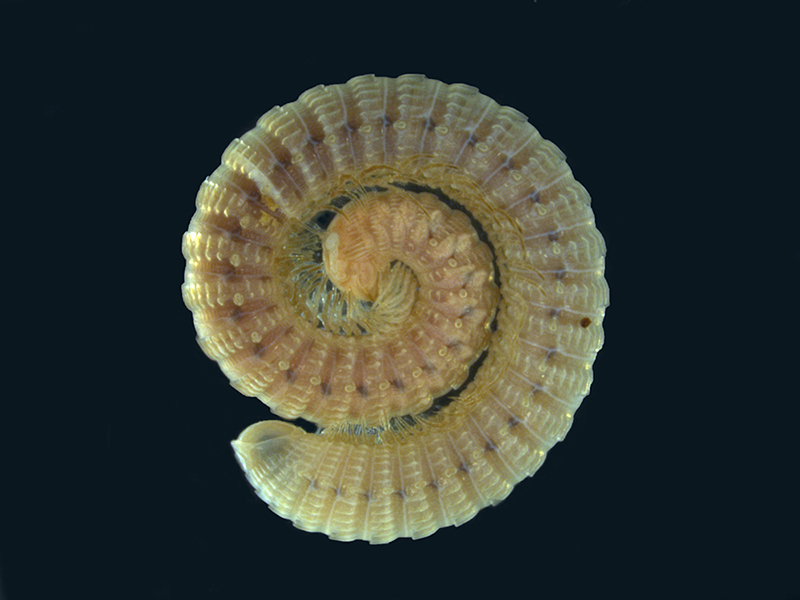
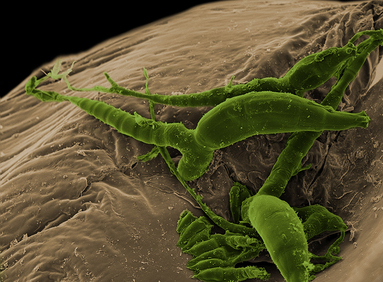
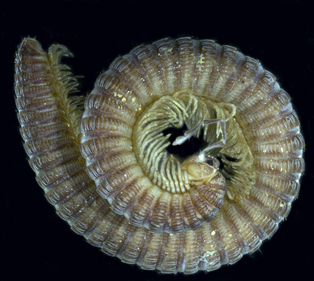
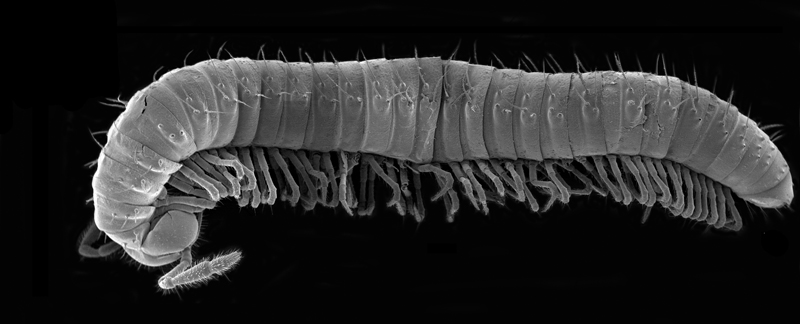
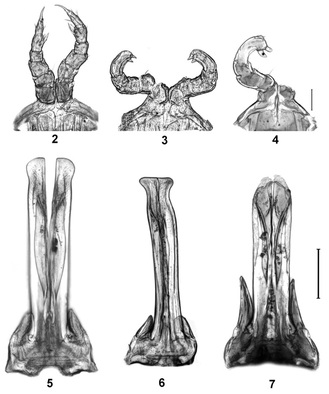

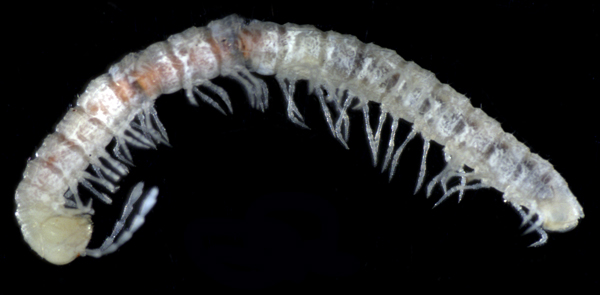
 RSS Feed
RSS Feed
